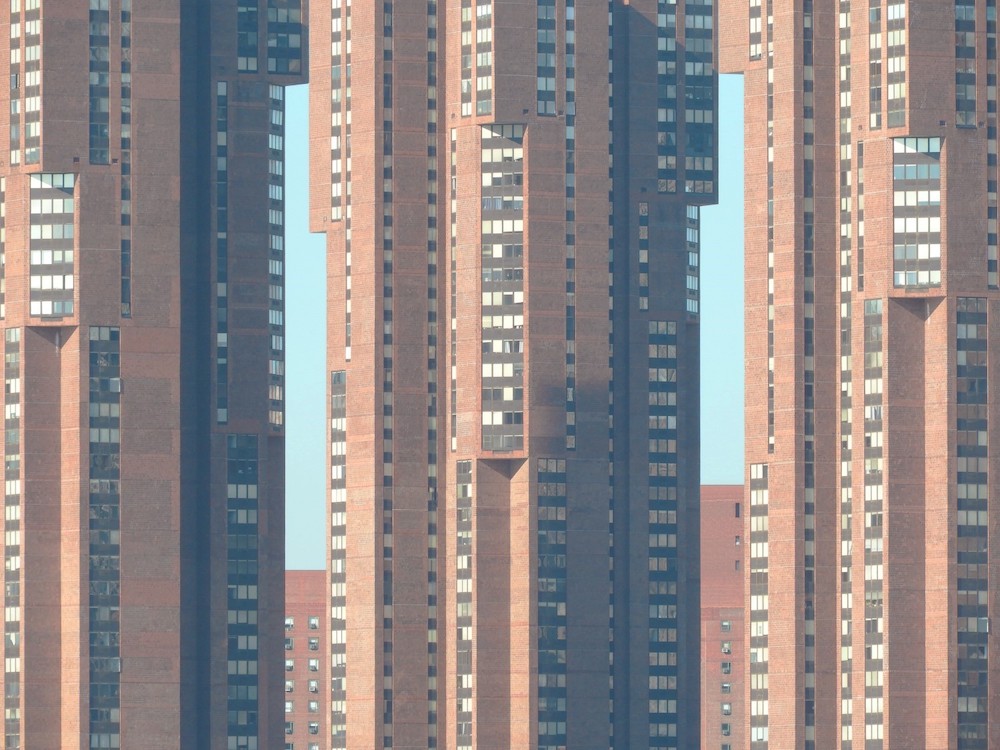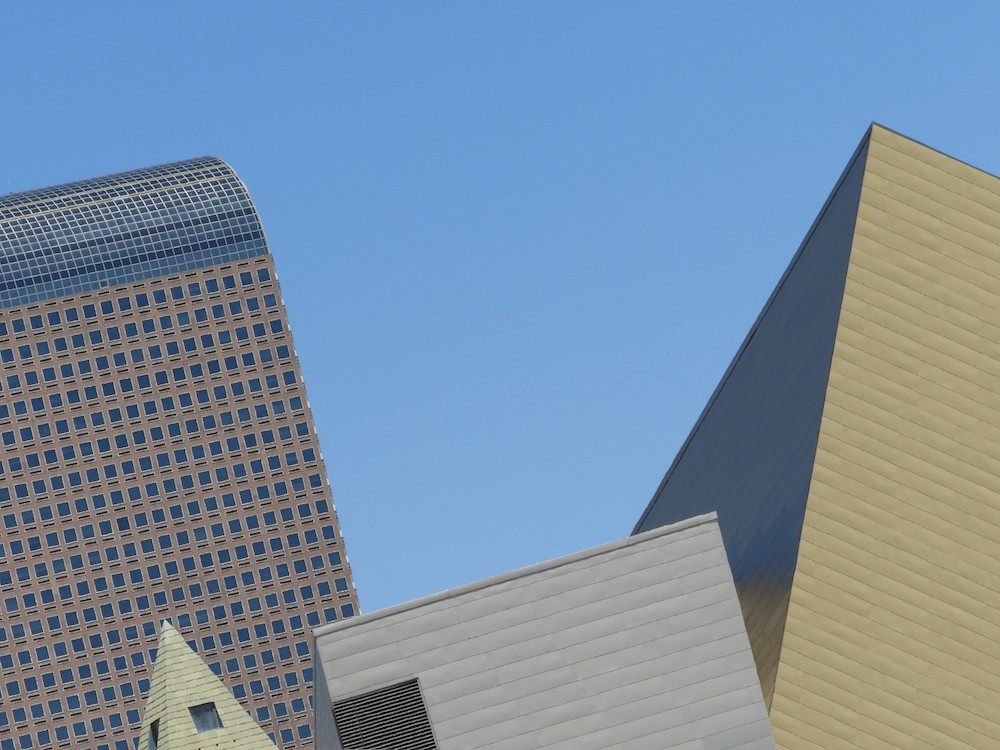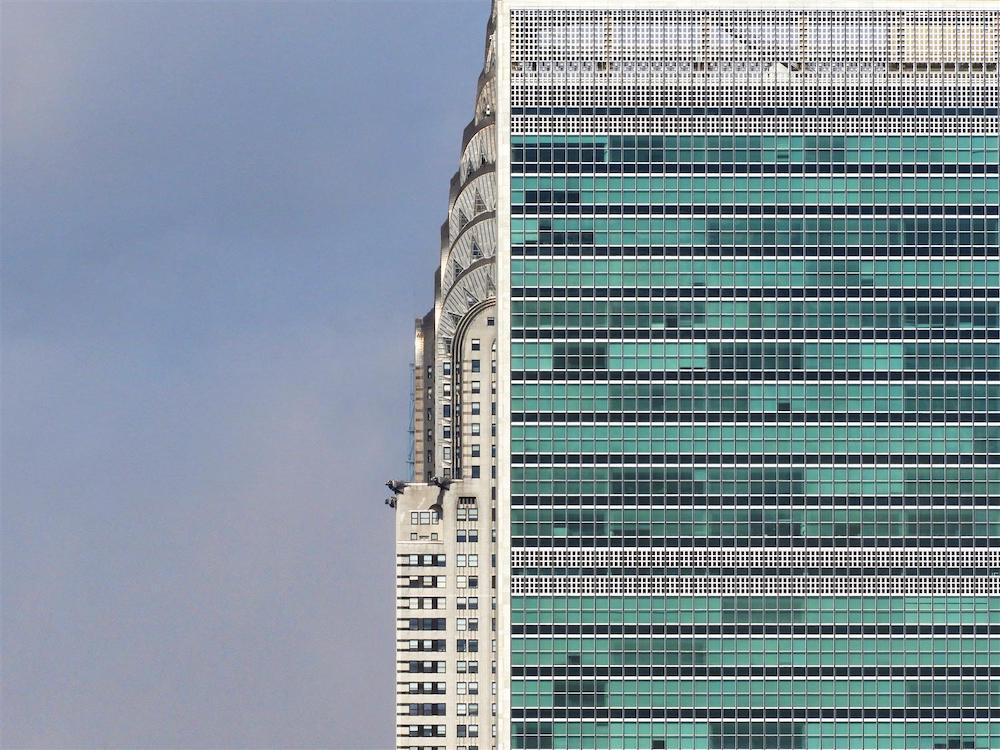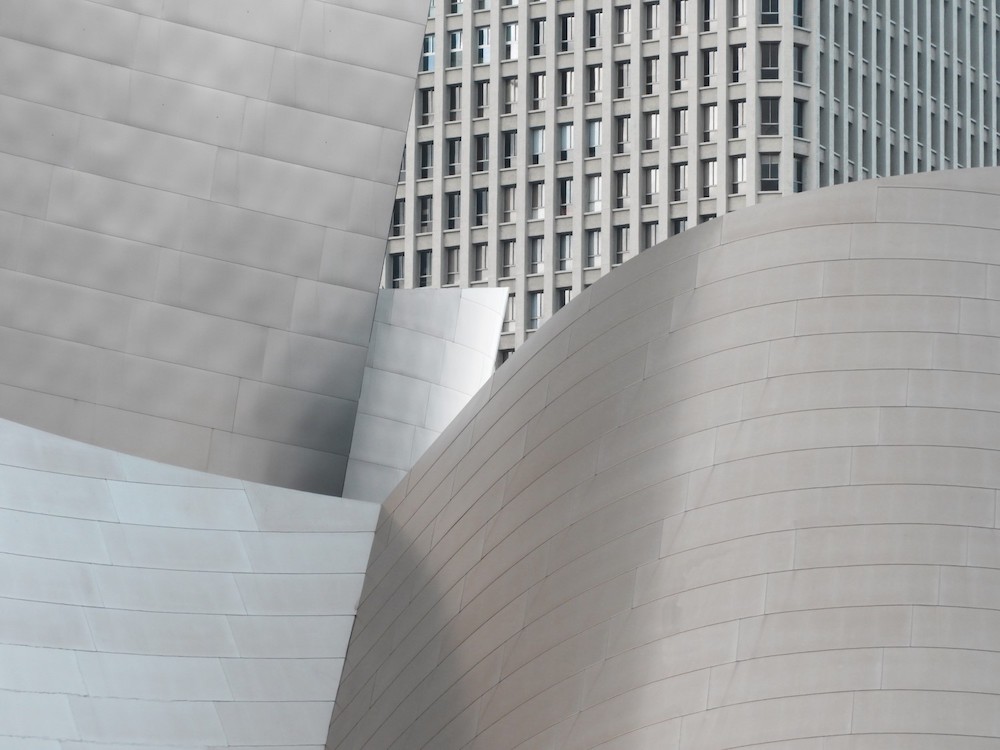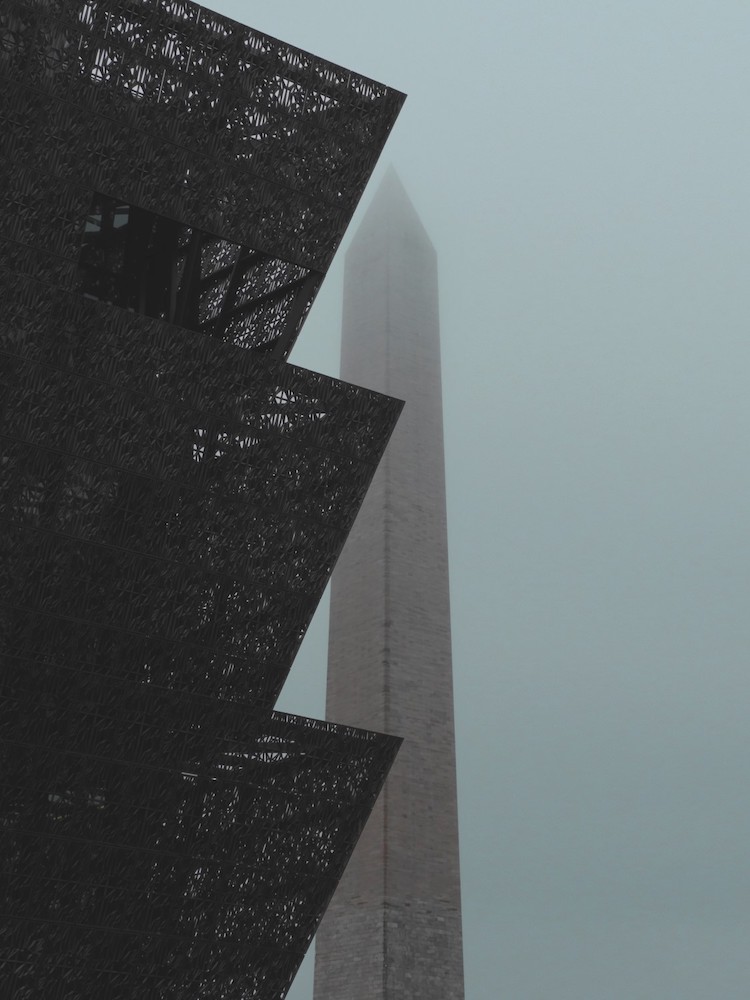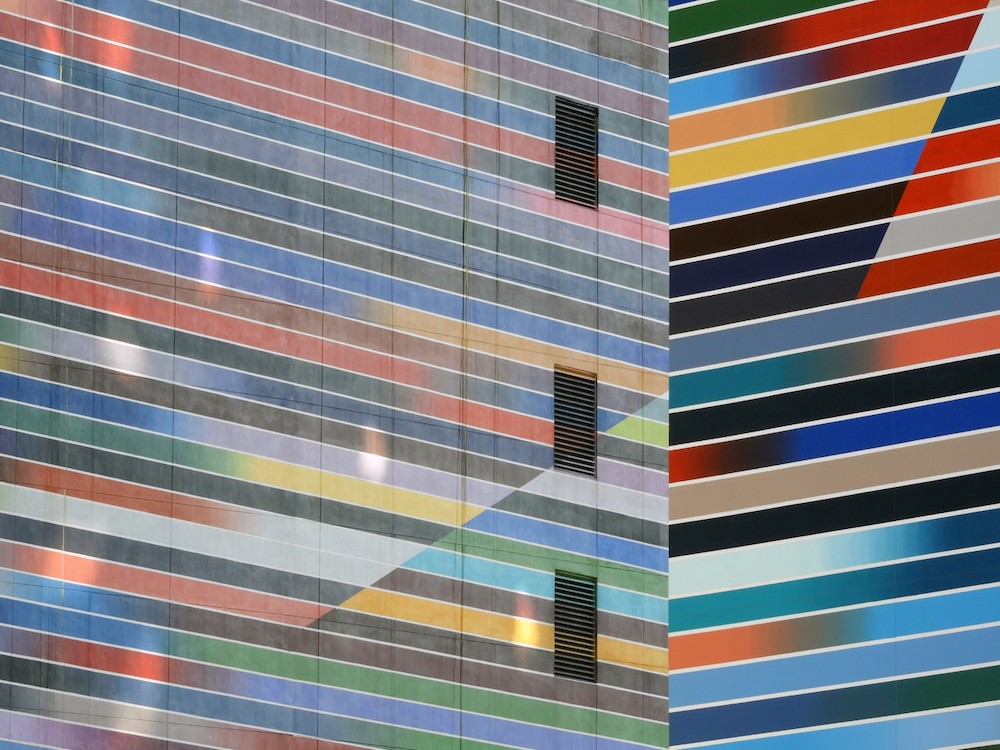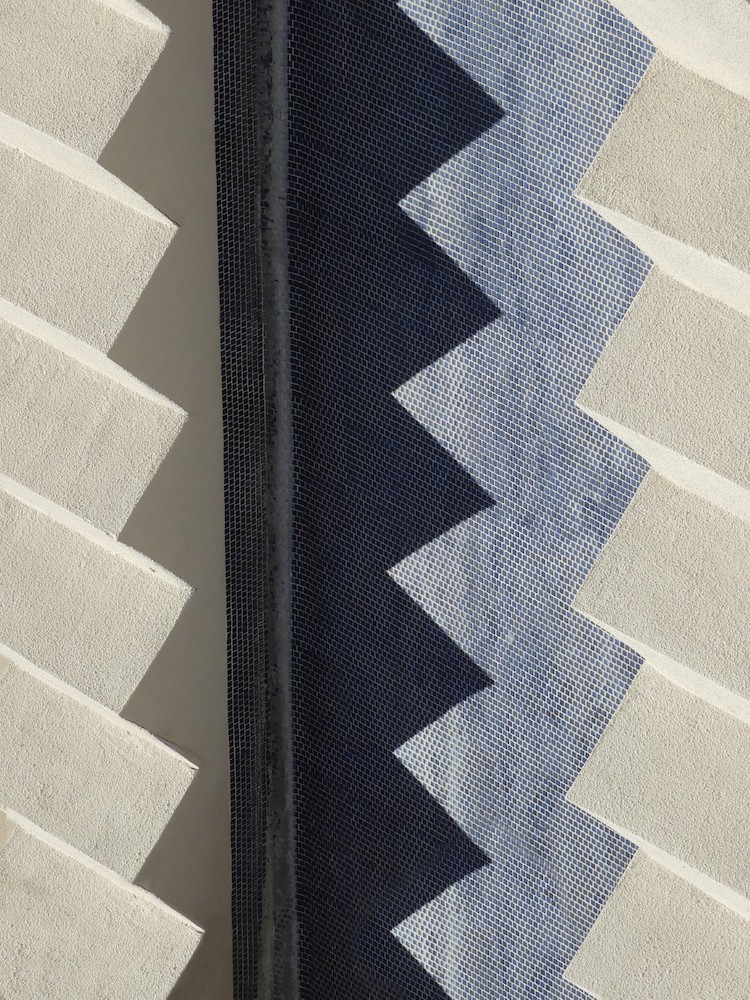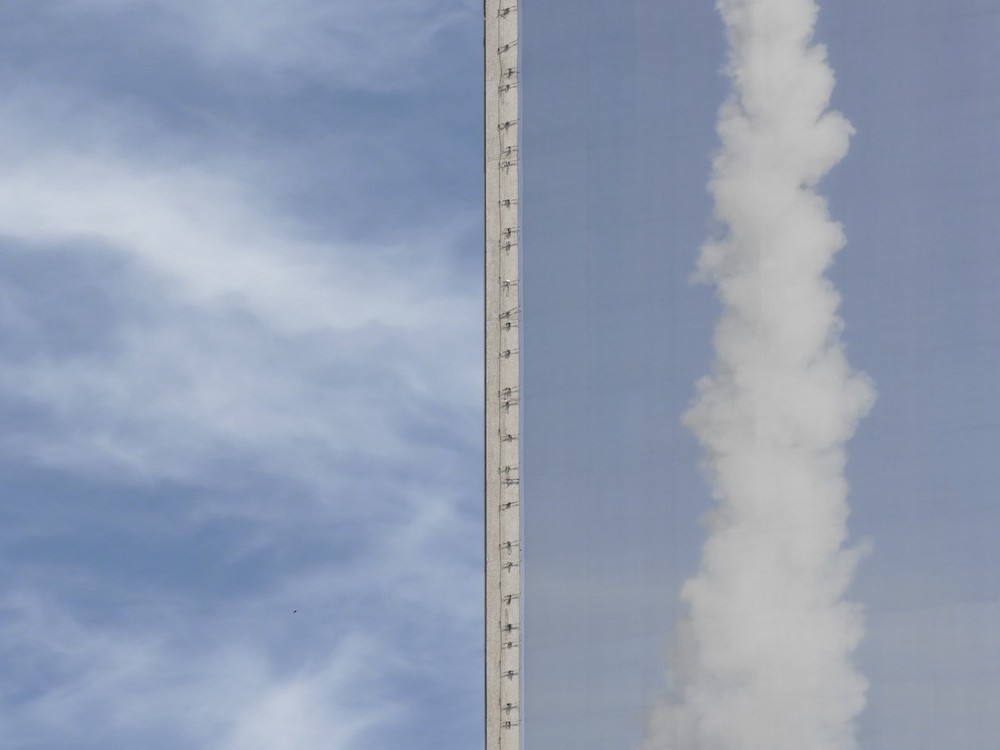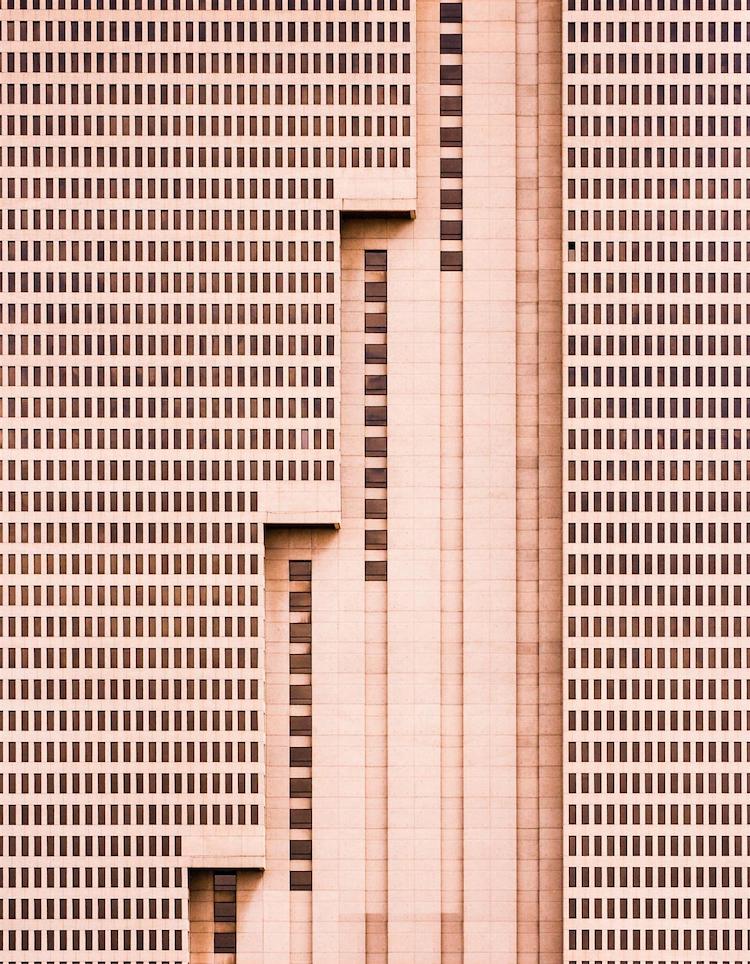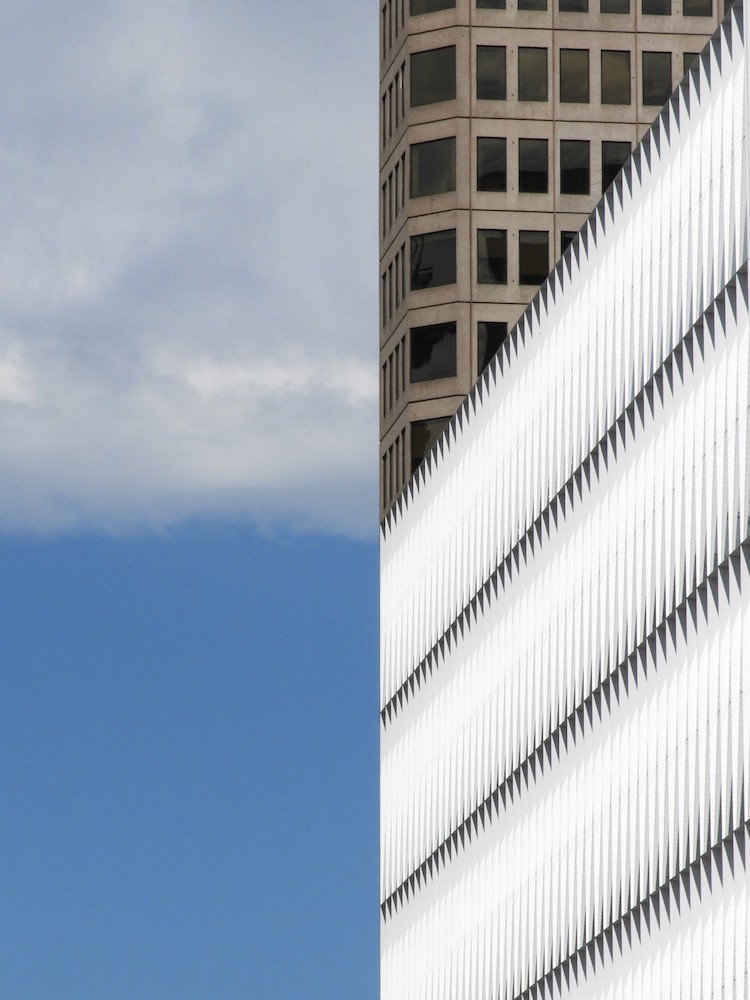The subjective experience of our imminent surroundings is providing infinite ways of interacting with it, but also, exploring, and capturing or depicting it. And while painters, sculptors, and other visual artists use this phenomenon as one of the elemental aspects of their practice, for other people this provides alternative ways of exploring and utilizing their environment.
When cruising around the city, skateboarders will notice architectural elements which might be virtually invisible and insignificant to average passers-by. In a similar vein, certain photographers are capable of noticing the dialogue between such elements, the unusual light play, or the interesting compositions that can develop from a particular standpoint. And one of such photographers is Nikola Olić. Through his work, the Serbian-born and Dallas-based photographer focuses on architectural photography and the abstract structural forms that reimagine subjects in playful, dimensionless, and disorienting ways. Often depicting those views without the presence of human protagonists, they are somehow evocative of the recent years of lockdowns and social distancing. We were intrigued by these romanticized views of the dystopian urban world, so we had a brief chat with Olić about his works and his process.
Sašha Bogojev: How do you go about finding a motif/scene to photograph? Is it something you research first or you're waiting till you come across it?
Nikola Olić: When walking around, it's equal parts Jason Bourne and the movie Trainspotting. analyzing all buildings in real-time, imagining them from different angles and distances. Is there enough room to walk around? Is there enough light? And when traveling, a casual fly-through with Google Earth and Google Maps is great preparation, too.
Do you think you might've developed any special skills, trick sets to be able to notice the right settings to photograph?
There are spatial instincts, I think, for what a structure might look like from all angles. I also developed methods for how to find a garage to elevate my point of view. Finally, there is trust that my camera, a single inexpensive non-DSLR with no tripod, will perform well when pushing the zoom to its limits in order to attempt a composition. I am most appreciative of the skill to not be bothered if I don't end up with 'useful' photographs. Much more than camera mode, I am careful that my mind remains in Zen mode.
What are some of the elements/qualities you looking for in a sight you'd like to photograph?
Time, space, and light. Philosophically, all photographs of course need that. I need space in order to breathe, to move closer and further, to get a sense of the visual environment and its possibilities. And I need time to think and time to consider memories of other buildings I have shot. And for light, I consider which way the building is oriented, what time of the day it is, and will there be better light at different times, there is an app for that, of course, and will other buildings obstruct the light.
What are some of the most inspiring/photogenic places you've photographed?
It seems that it is more a function of time than of the place. I happen to live in Dallas and visit New York City often, and my collection reflects those two cities the most. There is a powerful photographic joy in positing that photographing a space can work out if you give it enough time, and then it actually happens. The longest I waited and thought about photographing a space was 3 years, for a shot of the awning above the Dallas Opera.
Can you elaborate on the term "painting with architecture" which I found when reading about your work?
Walking out into the world with a camera, it is liberating to consider the limitations and restrictions in taking photographs of just the built environment in front of us. My photographs are not beholden to architecture, but they celebrate it and speak of the joy of architectural discovery. Much like you can only paint with the colors and brushes and paints you have, I too only create photographs with the structures I find, and the underlying poetry connecting it all.

